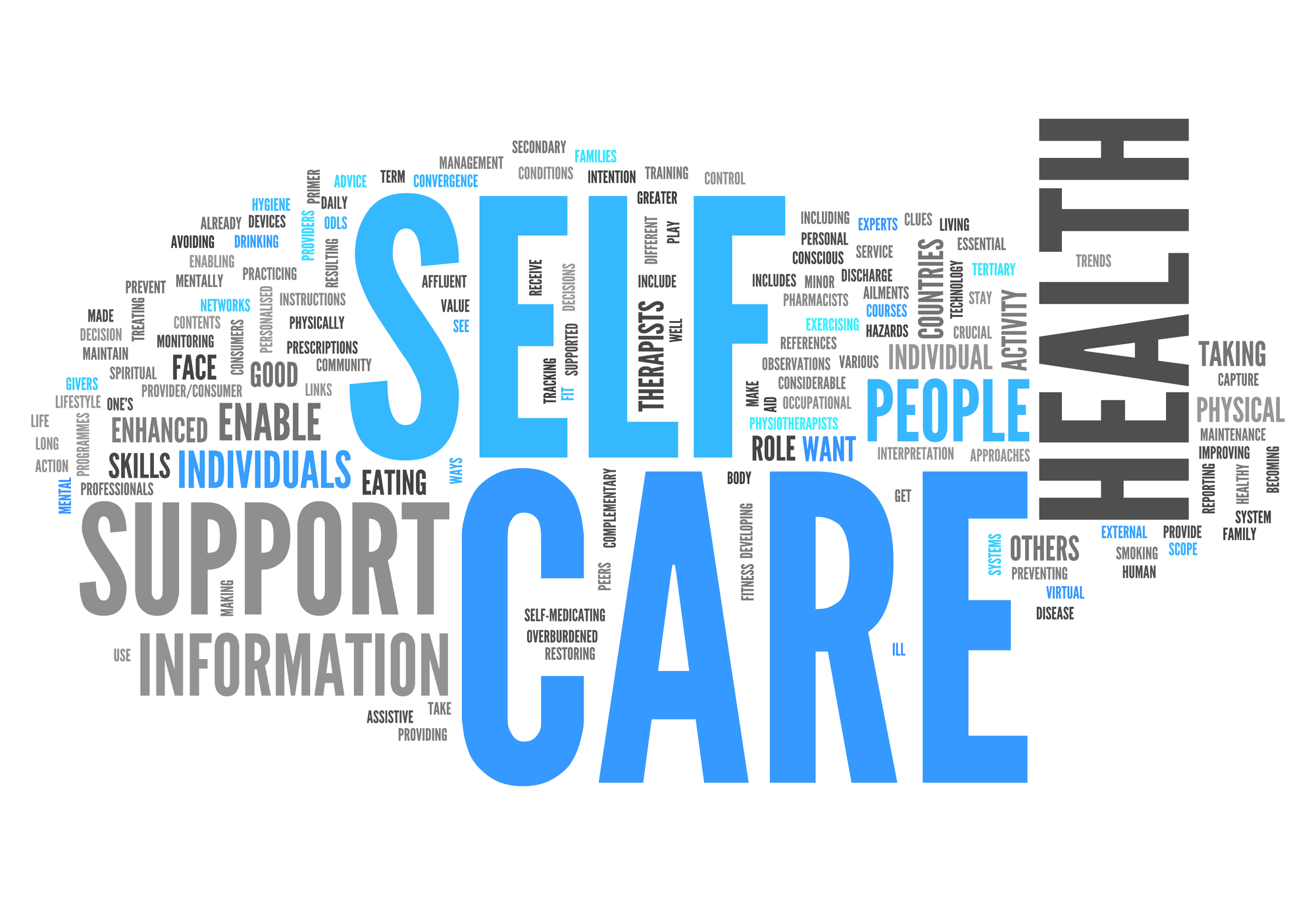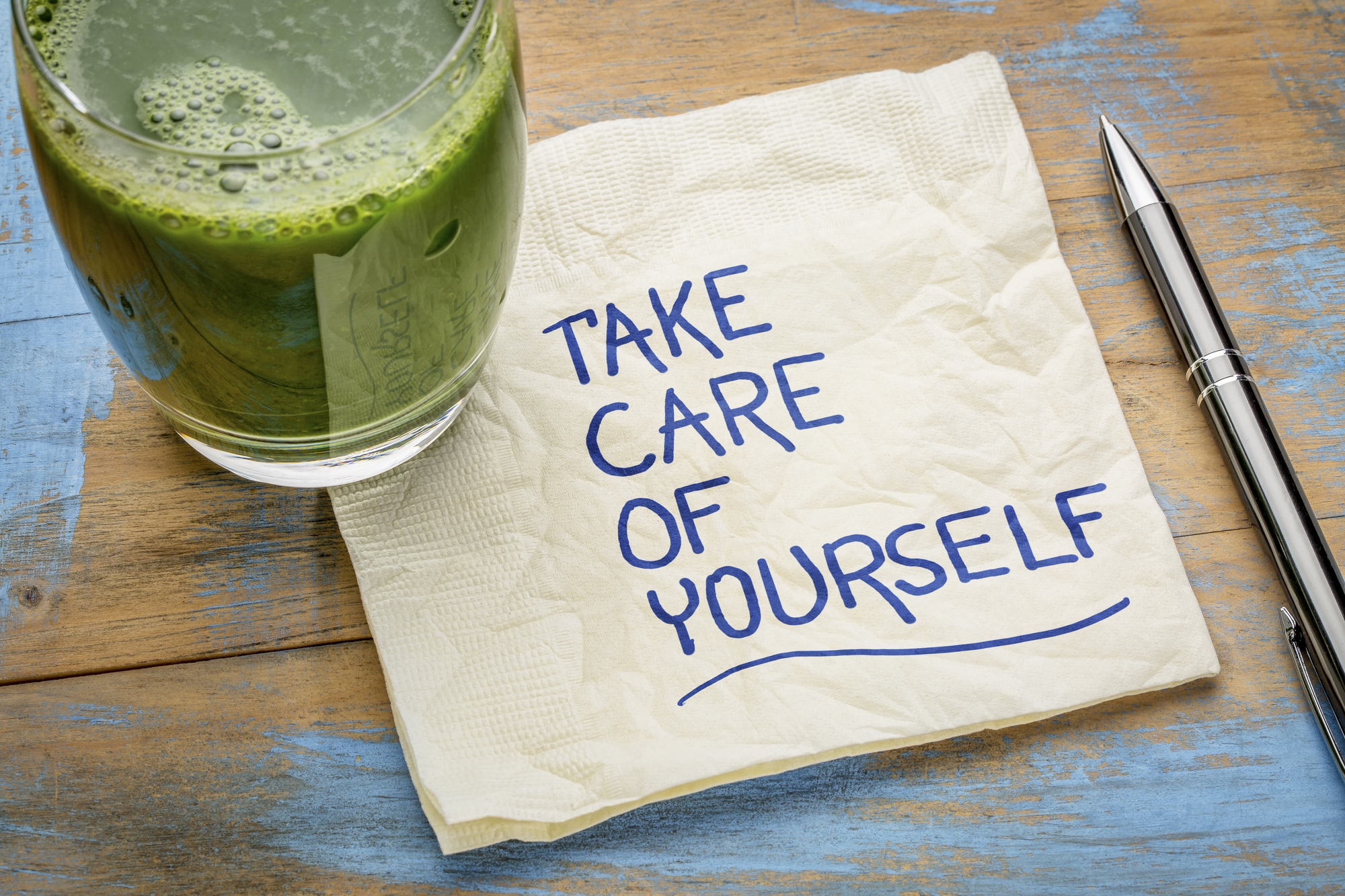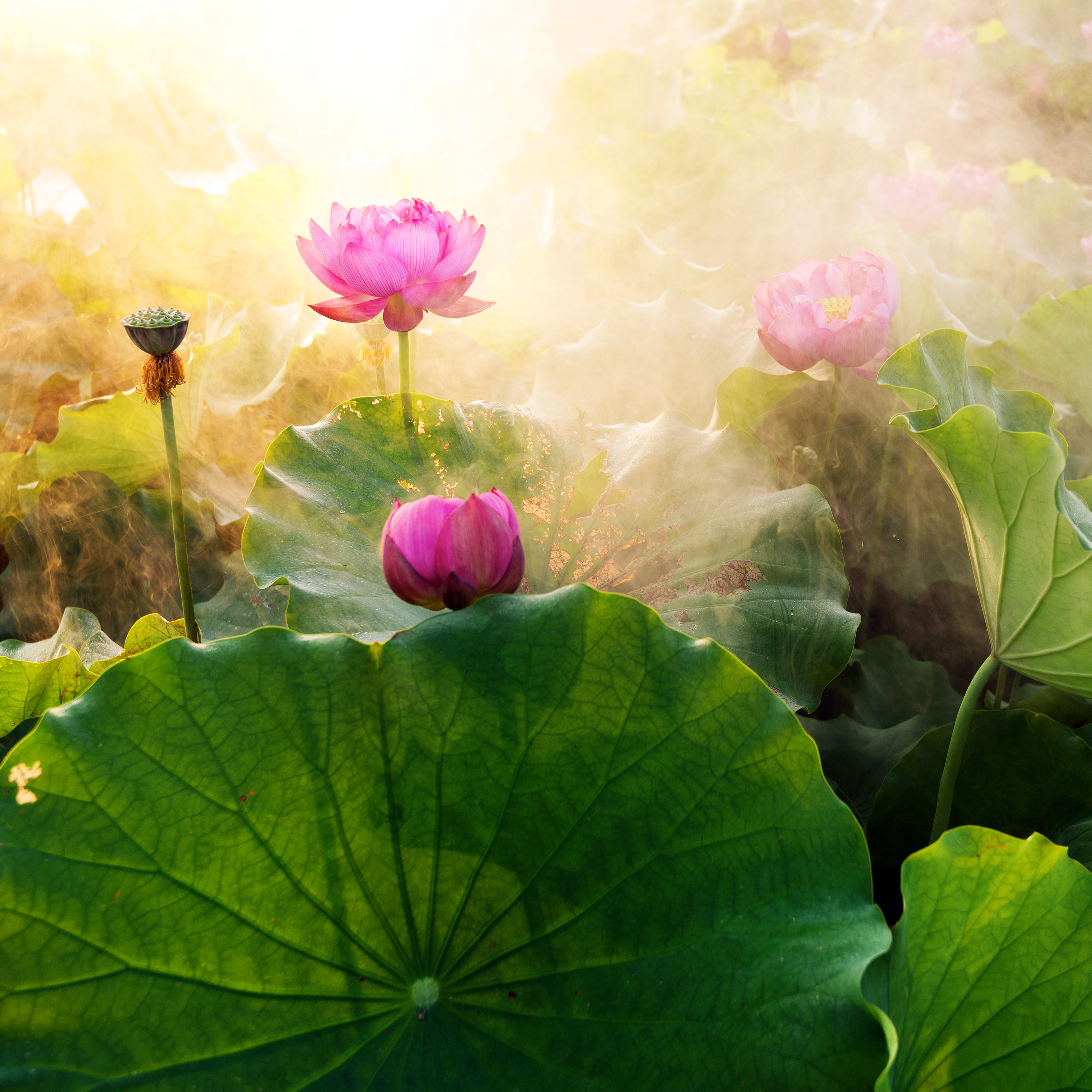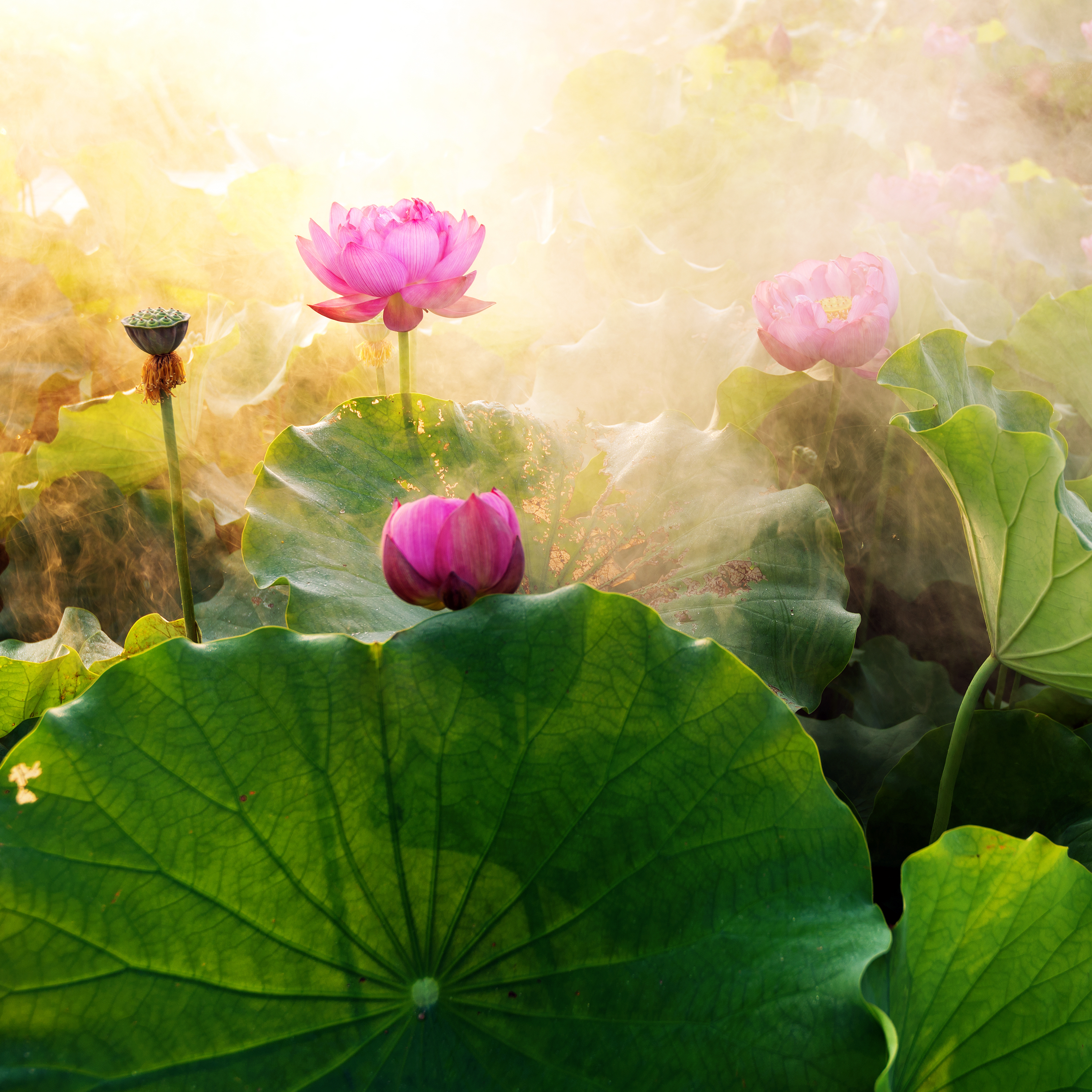
It’s getting harder and each day is predicted to continue to escalate towards a crisis unlike any we have seen before. Whether we are sheltered in place and navigating the sudden and difficult reality of homeschooling our children or on the front lines of the ER treating highly contagious and very ill people without proper protective supplies, the coronavirus has us on our collective knees. Our businesses are shut down, our children are cloistered at home and our most vulnerable friends and relatives are frightened. Our self-reliance and resiliency are being tested in ways we could have never anticipated or imagined.
It is at this time that it is up to each of us, shuttered up in our apartments and homes, to practice the self-care which many of us struggle to accomplish even under normal circumstances, and that we as therapists or care givers generally promote and aspire towards. Caring for our health now could mean the difference between spiraling into a perpetual sympathetic nervous system response of extreme fight or flight and panic, to being able to manage that natural and inevitable response to the current events in waves. And it is up to us to model our response to crisis and anxiety for our children. They can look to no other role model at this time.
This is not easy, and easier said than done. But think about this: if our nervous system is perpetually agitated and excited, our physiological systems, including our immune systems, become compromised. Our bodies and minds need to be as strong and stable as possible in case we get sick, or in case a loved one becomes ill. And from the looks of the projected course of this virus, there is no one that it will not touch in some way.
So how do we practice self-care in a time like this, while juggling our compromised finances or working from home while homeschooling our children and running the necessary errands for our neighbors or parents so that they don’t have to go out? We take the time, at least a little bit each day, (and most of us have that one benefit currently– a surplus of time), to do the things that nourish us. We unplug for a little while, take a walk, play some music, meditate, take a long bath - do whatever it is that connects you to yourself and to your resources for health. It’s necessary to find a way to breathe, to remind ourselves of our human resilience. If you have a practice of meditation or know of an acupressure point that calms anxiety, use it, and if you have a Still-point inducer tucked away in your sock drawer, it’s time to take that out and dust it off.
"It is necessary to find a way to breathe,
to remind ourselves
of our human resilience"
Briefly, for example, Heart 7 is an acupressure point on the inside of the tendon at the crease on the ulnar side of the wrist, and is a point for anxiety, worry, depression and insomnia. A still-point inducer is something Dr. John Upledger designed that induces the craniosacral rhythm to shut off so that the nervous system can experience a sort-of mini-reset. These are simple but effective tools that can be utilized for self-care, and there are many more. We are lucky to have so much information accessible to us online, literally at the tips of our fingers.
For those of us who have children in our homes, they are looking to us and only us for how to cope with and survive this time. We are their only model of response to crisis outside the media, and they are in their formative years, creating lifelong habits of nervous system response. We are likely feeling anger or grief, may be short fused or want to curl up in bed, but it is our responsibility to care for our own health at this time, in order that we can continue to effectively care for them.
There is no doubt that this will get harder. In one week, I have seen my friends’ Facebook and Instagram posts go from disbelief, humor and shock to true anxiety and despondency. My own responses to the reality of being suddenly unemployed and the only adult at home with two children every hour of the day has been spotty, to say the least. Waves of grief and fear are inevitable. But so are waves of hope and resiliency, particularly if we take the time to remember to care for ourselves, to remember that there will be the other side of all this, we just don’t know how far away that day is. One day at a time may be all we can handle. The practice of being present in the moment rather than projecting our fears into the future is the way to ride this out, but it’s not easy. However, it is also remarkable that it is a road we are all travelling collectively, everyone one of us all over the world, even while practicing physical separation.
In the meantime, we have to dig deep and find the ways in which we can support our minds and our bodies, as well as each other’s day by day. I’ve dusted off my piano books, yesterday I took a long walk with my daughter in a nearby forest. Today, I’m going to finally pull out that yoga mat in the trunk of my car. And I will read the news headlines and I will skype with family, and we will navigate another day of the unknown, together while apart.




